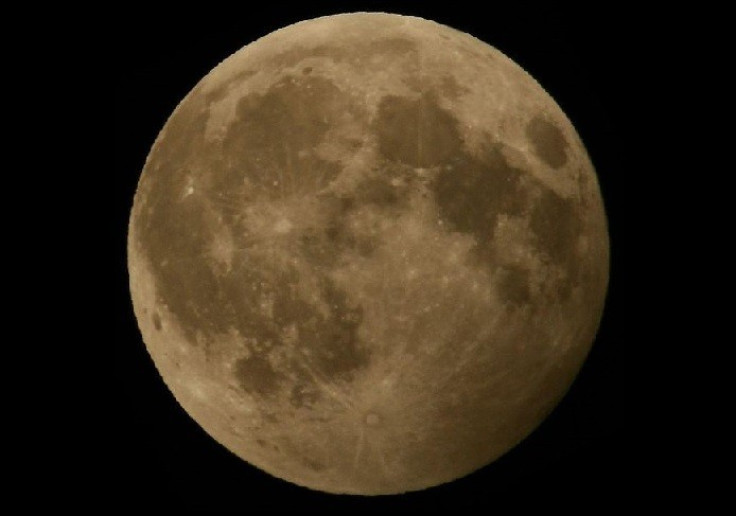Snow moon, lunar eclipse and comet 45P to coincide this February... watch live online
People in most of the world will get good views of Penumbral lunar eclipse and comet 45P.

February's full moon will coincide with a lunar eclipse, casting a shadow on Earth's only natural satellite. But for astronomy enthusiasts, the highlights of the night will not end there, as they will also be able to get a glimpse of the first comet of the year, Comet 45P.
February's full moon is known as Snow moon. The name comes from ancient tribes of native Americans that gave poetic, colourful names to each full moon of the year to reflect changes happening in their natural environment.
Moon cycles were followed closely by these populations to keep track of the passing of time, with every full moon marking a particular moment in the year – and a particular change in nature.
The Farmers' Almanac, a North American periodical published since 1818, lists all the names of the different full moons, as they were known by the Algonquin tribe who lived in regions from New England to Lake Superior.
February is when the heaviest snows of the year usually fall, hence the name given to the moon.
This year, as the full moon rises in the sky, a Penumbral lunar eclipse take place, on 11 February.
It will be seen from nearly everywhere in the world – Europe, Africa, Asia and the Americas.

Lunar eclipses occur when Earth lines up directly between the Sun and the Moon, blocking the light from the Sun to the Moon. A Penumbral lunar eclipse refers to the fact that Earth casts not one, but two types of shadows out into space: an umbra, the shadow directly around it, and a penumbra. The penumbra casts a much fainter shadow on the Moon, during a Penumbral eclipse.
From 10 February at 22:30 UK time, astronomy website Slooh will host a special event, broadcasting the lunar eclipse through its flagship telescopes and inviting experts to discuss the significance of lunar eclipses.
You can watch it live below or go to Slooh.com to join and watch this live broadcast, snap and share your own photos during the event, chat with audience members and interact with the hosts, and personally control Slooh's telescopes.
Slooh will also host another event on the same night, with a focus on the other big astronomy event happening then – the flyby of Comet 45P/Honda-Mrkos-Pajdušáková. On 11th February, it will reach closest approach to Earth – the closest a comet has approached Earth since 1983.
Experts will discuss the science of comets and their history in human culture and will provide views of the comet in the hours leading up to its closest approach. You can also watch this below, or on Slooh's website.
© Copyright IBTimes 2024. All rights reserved.






